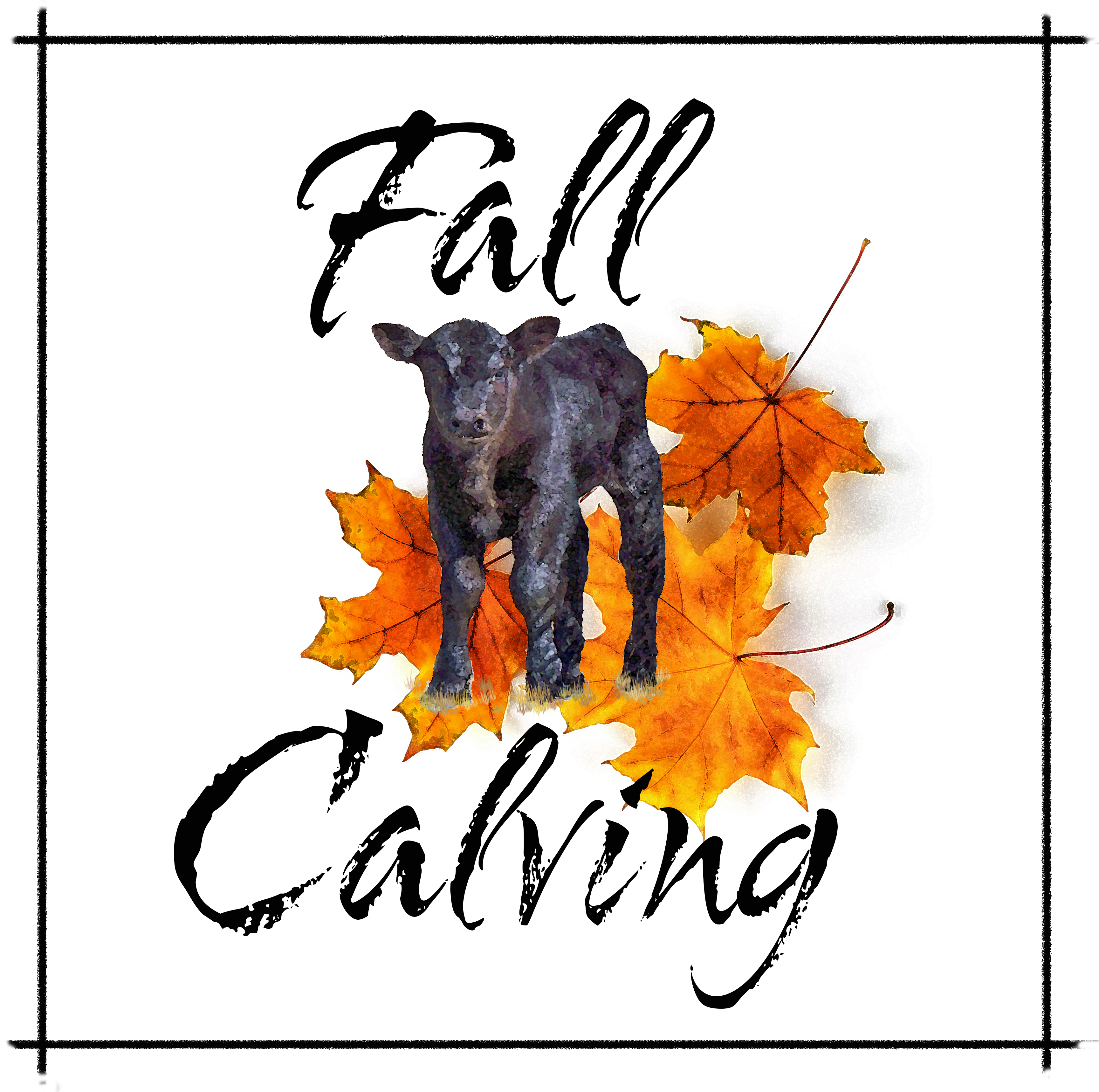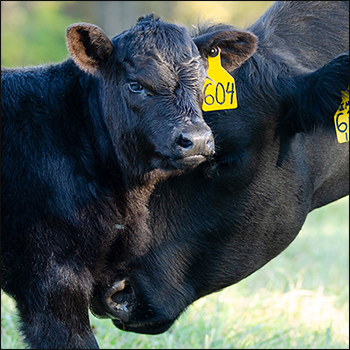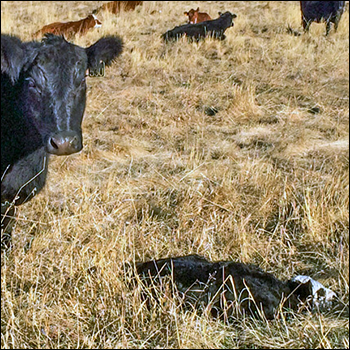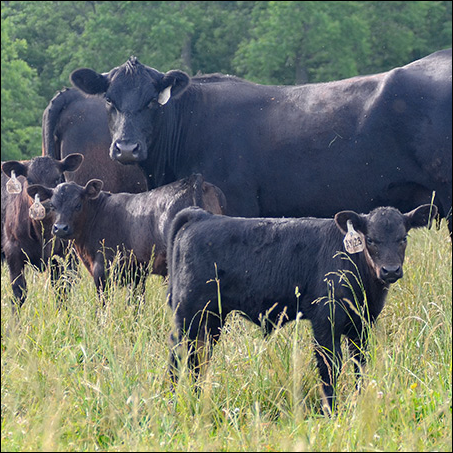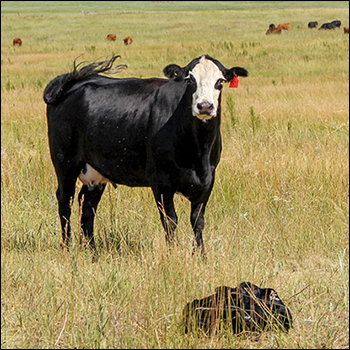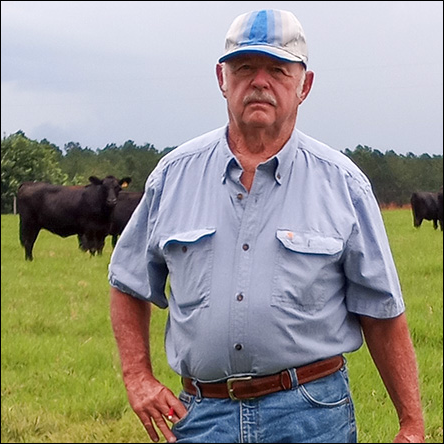
Association Perspective
Taking care of your bulls.
The start of fall breeding season is just a few months away. I often get questions regarding bull development after commercial producers have purchased bulls at an auction or by private treaty.
The financial investment in genetics and herd improvement is significant, and it’s important to take good care of your bulls throughout their lifetime. Operations that don’t manage bulls properly often have more open cows. It pays to fine-tune bull management as much as possible to give them optimum conditions for health and fertility.
Bulls should be neither underfed nor overfed. They need optimum body condition [between a body condition score (BCS) 5 and a BCS 6 on a 9-point scale], before the next breeding season.
Protect your investment by feeding your bull well. You should feed 5 to 10 pounds (lb.) of grain, or 1 to 2 lb. of protein supplement and free-choice hay, to allow your bull(s) to adequately develop. Supplemental feeding during breeding season is recommended if possible.
After the breeding season, continue to feed liberally so the bull will grow well. There is a natural limit to what can be expected of them. Observe the following guidelines in determining how heavily to use your bull based on his age at the start of breeding season.
| Bull age in months | No. of females |
|---|---|
| 12-15 | 10-12 |
| 15-18 | 15-18 |
| 18-24 | 18-24 |
| 24+ | 25-35 |
While most producers have good vaccination and parasite control programs for the cows, the bulls are sometimes ignored. Bulls should be on a similar mineral supplement program as the cow herd, and it should be provided year-round. In most cases, it is easiest to keep the bulls and cows on the same health program for vaccine and dewormer.
To minimize risk of injury from fighting, the social order must be managed. So, when bulls are removed from the cows and put into their fall/winter pastures, make sure the groups are eased back together and allowed to settle their differences and re-establish their social order. It’s always good to provide the bulls lots of space and to sort them into groups of similar age and size. This practice also allows more efficient feeding protocols as bulls that are younger and still growing can be developed on a higher plane of nutrition than older bulls that can be managed more like the cows.
Editor’s note: Jeff Mafi is regional manager for Kansas and Oklahoma. Click here to find the regional manager for your state.
